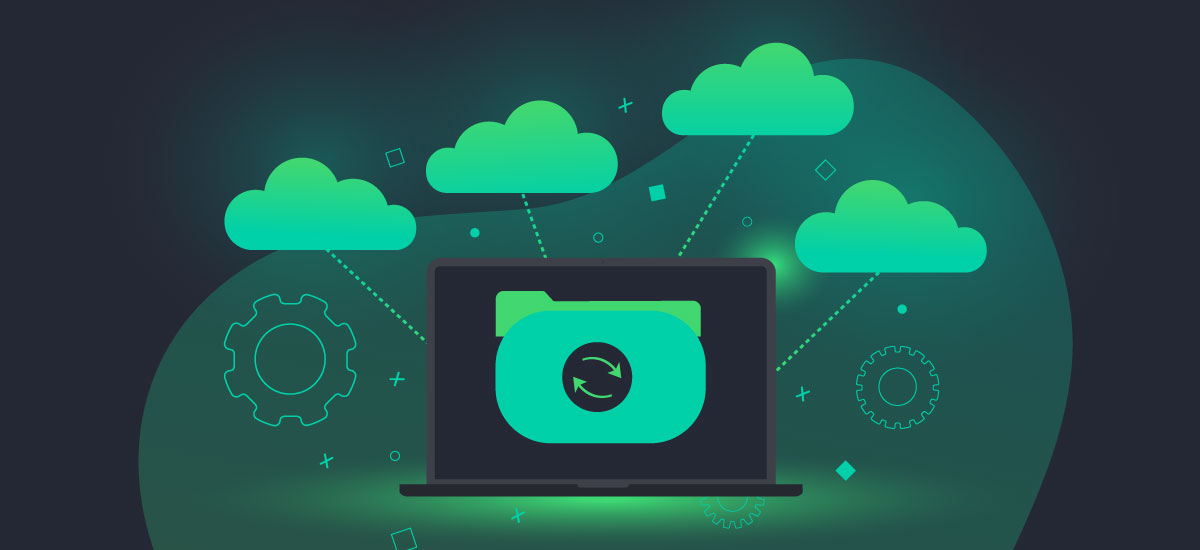
"The main advantage of going the Multi-Cloud way is that organizations can "put their eggs in different baskets" and be more versatile in their approach to how they do things. For example, they can mix it up and opt for a cloud-based Platform-as-a-Service (PaaS) solution when it comes to the database, while going the Software-as-a-Service (SaaS) route for their application endeavors."
"What is a Multi-Cloud Database? In a nutshell, a Multi-Cloud Database is a strategy that involves the engagement of multiple cloud vendors to create a more dynamic setup and boost operational versatility. This can be a series of public vendors (Amazon, Microsoft, Google, etc.) to address budget constraints or a blend of private and public setups for specific performance and operational requirements."
"Multi-Cloud Databases are not to be confused with hybrid cloud setups, which are completely different things. A hybrid cloud setup creates one unified environment that is created with a combination of a private (on-prem) cloud with a public (external) cloud offering. Containers and microservices are often used to connect the dots and make everything work together seamlessly. Besides the inherited benefits that we will cover in the upcoming section, technological flexibility is the biggest driver behind Multi-Cloud Database adoption."
Multi-Cloud database strategies enable organizations to distribute workloads across multiple cloud vendors, improving versatility and reducing reliance on a single provider. Organizations can combine cloud-based PaaS for databases with SaaS for applications to tailor services. Nearly half of surveyed respondents made multiple database infrastructure changes in 2020, reflecting Multi-Cloud adoption. Multi-Cloud engages multiple public or mixed private-public vendors to enhance operational versatility and meet budget or performance needs. Multi-Cloud differs from hybrid cloud by not unifying environments; containers and microservices frequently connect disparate clouds. Technological flexibility and vendor-specific proprietary technologies drive segmentation, partitioning, and replication of data across clouds.
Read at Dbmaestro
Unable to calculate read time
Collection
[
|
...
]